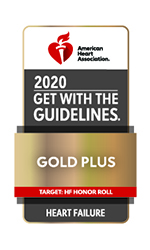Find a doctor
Our specialists work in teams, tailoring treatment to your individual needs.
Find a doctorHealthy Heart Family Tree
This tool will assess your cardiovascular disease risk based on your lifestyle, your health history and your family's health history so you can take steps today to live a full, heart-healthy life.
Background image: Three kids sitting in a tree smiling and laughing


